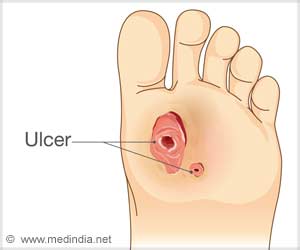
The genes are involved in the function of insulin-producing pancreatic cells, the control of insulin's action in the body, and the regulation of cell growth.
"One important theme is that several of the genes seem to be important in controlling the number of pancreatic beta-cells that an individual has," Nature quoted Professor Mark McCarthy, of Oxford University, as saying.
According to Dr Jim Wilson, a member of the research team from the University of Edinburgh, regulation of these genes can lead to many different diseases because they contain variants that increase the risk of unrelated diseases, including skin and prostate cancer, coronary heart disease and high cholesterol.
The research was published yesterday in the journal Nature Genetics.
Source-ANI















